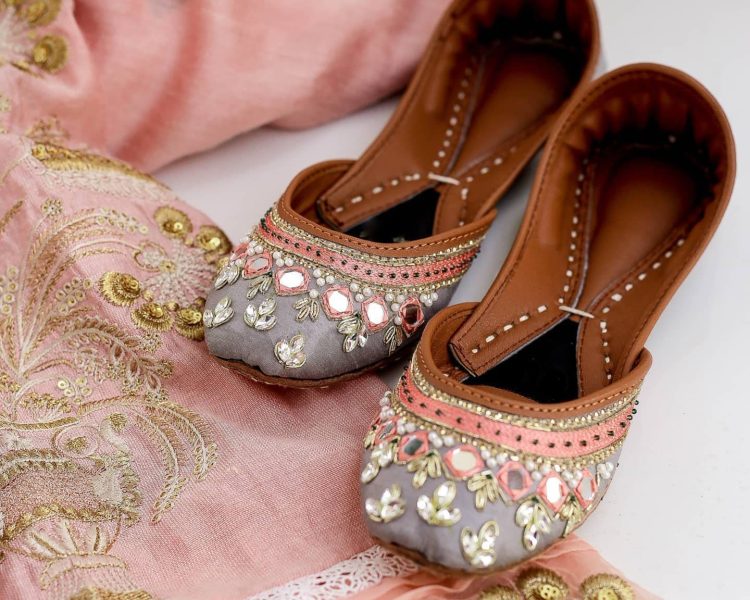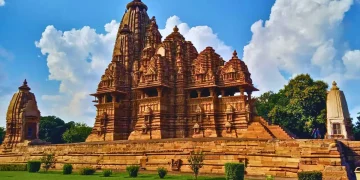Cultural Footprints:
The Beloved Khussa of Pakistani Women
Influenced by Western design philosophies, contemporary apparel often favors minimalism with a penchant for muted colors. Yet, South Asians infuse their daily attire with vivid hues and ornate patterns—a practice extending to their choice of footwear, which becomes part of the region’s resplendent landscape.
A Stitch in Time:
Khussa: The Traditional Footwear of Choice
The favored shoe of Pakistani women is the Khussa, akin to a flat, slip-on shoe similar in shape to a boat shoe. Characterized by its flat, thin sole, the Khussa’s upper part typically features a solid color adorned with traditional patterns embroidered in gold and silver thread. Remarkably, these shoes are not designed with designated left or right fits. Global Times’ special correspondents have observed that although indistinguishable at first, with regular wear, each shoe molds to the contours of the corresponding foot, eventually conforming to left and right.

Khussa shoes are handcrafted using cowhide, a tradition tracing back over 400 years to the Mughal Empire, where nobles embellished their shoes with gemstones and colorful threads. Today, Khussas are economically priced; a pair is accessible in grand bazaars for the equivalent of a few Renminbi. These sturdy shoes can last two to three years of regular wear, are convenient to slip on like slippers, and comfortable for casual strides due to the flat sole design that avoids cramping feet. However, their one shortfall lies in the thin sole, leading to discomfort on uneven, pebbly paths.
The nomenclature of Khussa varies across Indian and Pakistani locales, known variously as Jutti or Mojari. Mojari, however, often refers to men’s footwear characterized by a pointed toe and an open heel, resembling slippers. Detailed illustrations depict Mughal emperors and nobles adorned in elaborate Mojaris. A variant with upturned toes, akin to the Chinese qiaotou shoes, also adorns women.
Steps Through History:
Chappals and Peshawari Sandals
In addition to Khussas, Pakistanis commonly wear slippers, locally termed as Chappal. These leather flip-flops are a common sight, even perceived on the feet of various ancient statues, attesting to their historical lineage.
A unique feature of Pakistani men’s footwear is the “Peshawari Chappal,” a traditional sandal from Peshawar consisting of a leather upper and a rugged rubber sole, offering durability at a modest cost. Suitable for formal and informal occasions alike, these sandals capture the essence of Pakistani aesthetics—valuing appearances without compromising practicality.





















